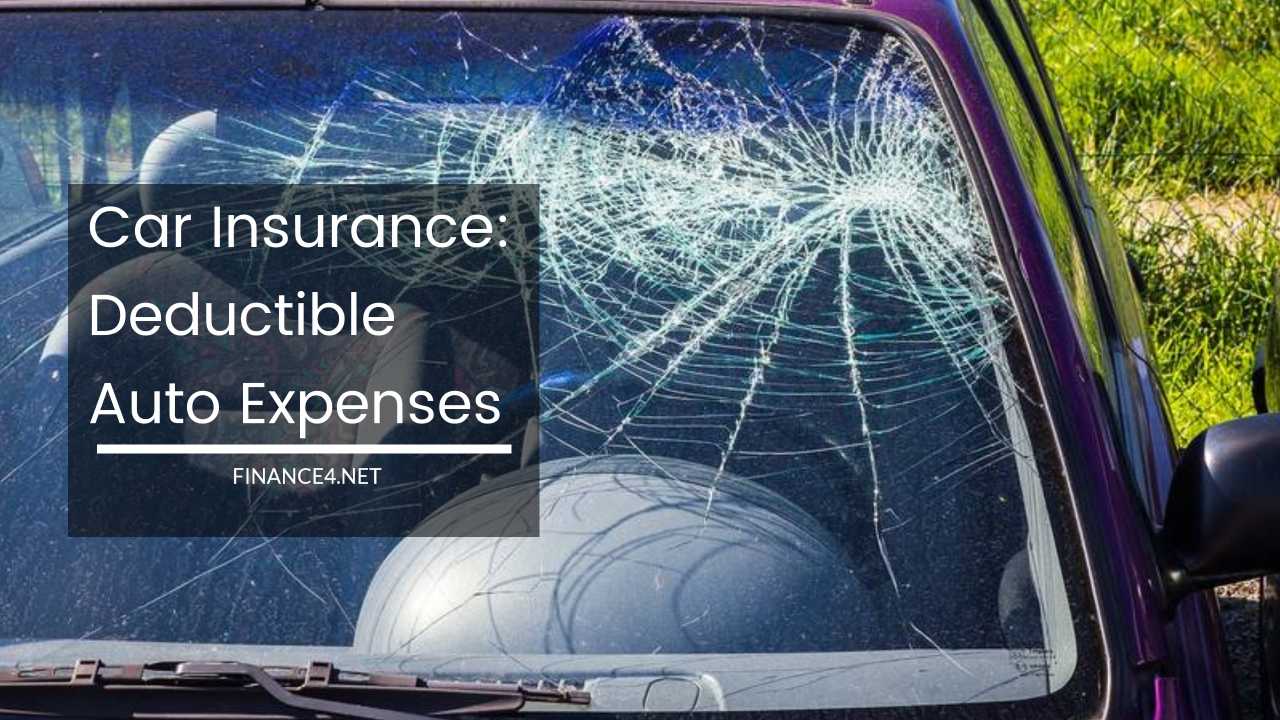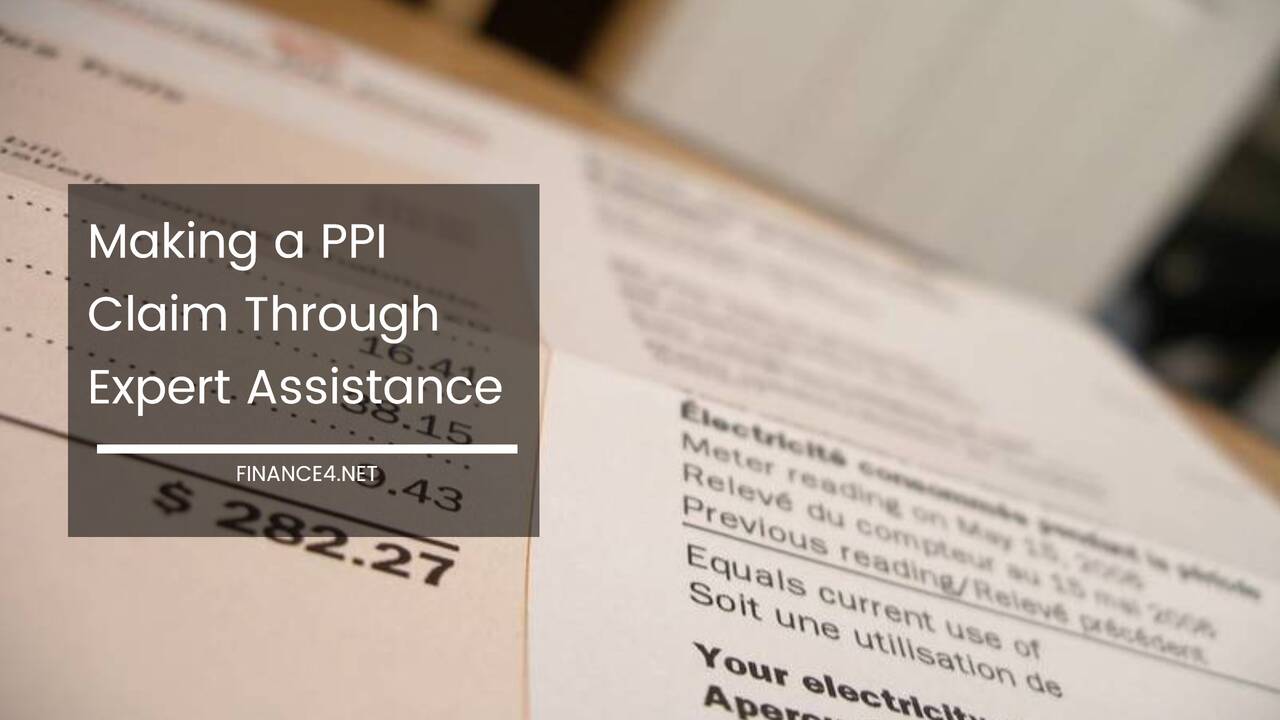Save on Car Insurance: Understanding Deductibles

Car Insurance: Mastering Deductible Auto Expenses
Car insurance acts as a safety net in the event of accidents, thefts, or vandalism. But within this protective layer lies a crucial concept that determines your financial responsibility: the deductible.
This article delves deep into the world of deductible auto expenses, explaining their intricacies, how they work, and empowering you to choose the right deductible for your needs.
Demystifying Deductibles: Your First Line of Defense
Imagine a deductible as the initial financial hurdle you overcome before your car insurance steps in. It’s your first line of defense, a pre-determined amount you pay out-of-pocket towards covered repairs or replacements. Here’s how it plays out:
- You have a $750 deductible and experience an accident resulting in $3,500 worth of damage.
- You’ll be responsible for the initial $750, directly paid to the repair shop.
- Your insurance company will then take over, covering the remaining $2,750.
The Deductible Duo: Collision and Comprehensive
There are two primary types of deductibles in car insurance:
- Collision Deductible: Applicable to repairs needed if your car collides with another vehicle or object. Think of it as your shield against accident-related repair costs.
- Comprehensive Deductible: This covers repairs for situations beyond collisions, such as theft, vandalism, fire, weather events (hail, floods), or animal strikes. So, if a rogue deer decides your car looks tasty, the comprehensive deductible would kick in.
Some policies might have a separate deductible for glass coverage specifically for windshield repairs or replacements.
The Premium Pendulum: How Deductibles Swing Costs
The relationship between deductibles and car insurance premiums is a beautiful dance of inverse proportionality. Opting for a higher deductible translates to a lower premium because you’re taking on a bigger financial burden upfront.
Conversely, choosing a lower deductible means a higher premium as the insurance company shoulders a larger risk.
Finding Your Goldilocks Deductible: Balancing Budget and Risk Tolerance
Selecting the ideal deductible hinges on two key factors:
- Budgetary Prowess: Be honest about your financial comfort level for out-of-pocket costs in case of a claim. If you have a robust emergency fund, a higher deductible with a lower premium might be a strategic choice.
- Risk Tolerance: Are you comfortable taking on more financial responsibility for a lower premium, or do you prioritize the peace of mind that comes with a lower deductible (even with a higher premium)?
A Deductible Decision Matrix: Weighing the Pros and Cons
Here’s a table outlining the pros and cons of different deductible levels to help you make an informed decision:
| Deductible Amount | Premium | Pros | Cons |
|---|---|---|---|
| Low ($100-$250) | High | Peace of mind for minor repairs; minimal out-of-pocket expense | Significantly higher overall insurance cost |
| Medium ($500-$1000) | Moderate | Balance between affordability and coverage | Might require tapping into savings for repairs |
| High ($1,000+) | Low | Substantial reduction in premium | Potentially large out-of-pocket expense for claims |
Beyond Budget and Risk: Factors to Consider
While budget and risk tolerance are primary factors, here are additional considerations for choosing the right deductible:
- The Value of Your Car: For older cars with a lower market value, a high deductible strategy might make more financial sense. The repair cost might not exceed the deductible anyway.
- Your Driving Habits: If you frequently navigate high-risk environments or have a history of accidents, a lower deductible might be advisable for added protection.
- Claims History: A clean driving record with no past claims can give you leverage when negotiating a lower deductible with your insurance provider.
Proactive Strategies for Managing Deductible Auto Expenses
- Emergency Fund Arsenal: Having a financial safety net helps manage unexpected repair costs associated with higher deductibles. Aim to build an emergency fund that can comfortably cover your chosen deductible amount.
- Quote Questing: Don’t settle for the first quote! Get quotes from multiple insurance companies to find one offering the best combination of coverage and deductible options. Competition is your friend!
- Non-Collision Coverage Considerations: If your car is older or has a lower value, you might consider dropping comprehensive and collision coverage entirely to save on premiums. However, remember that you’ll be solely responsible for all repairs in case of an accident or non-collision event. Carefully weigh the risks and rewards before making this decision.
The Final Word: Deductible Mastery for Financial Security
Understanding deductible auto expenses empowers you to make informed financial decisions when it comes to car insurance. By securing the right balance between affordability and financial protection for your vehicle, you can navigate the road with confidence. Here are some additional points to consider:
Beyond Standard Deductibles:
- Disappearing Deductibles: Some insurance companies offer disappearing deductibles, which decrease over time as you remain claim-free. This incentivizes safe driving and can reward you with a lower deductible in the long run. However, these types of coverage might come at a slightly higher premium.
- Named Driver Deductibles: If you have teenagers or young adults on your car insurance policy, you might consider assigning them a higher deductible. This discourages them from filing claims for minor accidents and encourages responsible driving habits.
Understanding Claim Processes and Deductible Interactions:
- Filing a Claim: When filing a claim, understand how your deductible applies. Gather repair estimates and document the damage thoroughly. Your insurance company will assess the claim and subtract your deductible from the approved repair cost.
- Multiple Claims and Deductible Stacking: Be aware that some policies have rules regarding deductible stacking if you have multiple claims within a specific timeframe. This means you might have to pay your chosen deductible for each separate claim.
Advanced Strategies for Deductible Management:
- Negotiation is Key: Don’t be afraid to negotiate your deductible with your insurance provider. Factors like your driving record, car’s safety features, and loyalty to the company can strengthen your bargaining position.
- Maintenance Matters: Regular car maintenance can help prevent breakdowns and potential claims. By keeping your car in good condition, you can minimize the chances of needing to utilize your deductible.
Final Thoughts:
By demystifying deductible auto expenses and considering the various factors at play, you can make informed choices that ensure you’re adequately protected without breaking the bank.
Remember, the ideal deductible is a personal choice that reflects your financial situation, risk tolerance, and driving habits.
By taking control of your deductible strategy, you can navigate the road with peace of mind, knowing you’re financially prepared for any unforeseen circumstances.



